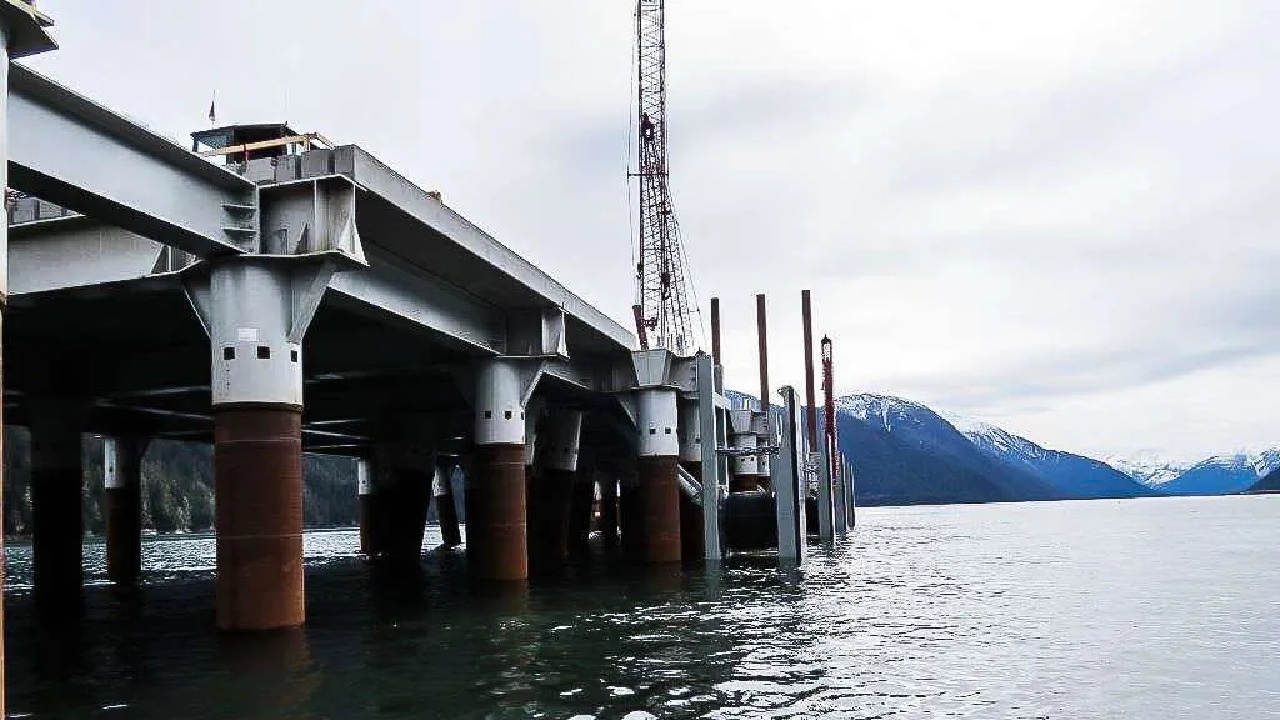Steel pipe fittings are essential parts used in many industries, including water treatment, construction, and the oil and gas industry. Despite their numerous uses, the effects of their manufacture are becoming increasingly alarming. For sustainable growth and efforts to reduce carbonization, it is essential to comprehend the environmental effects of the production of steel pipe fittings. This paper helps to identify the main environmental problems related to the manufacture of steel pipe fittings. For more information on sustainable pipe fittings, visit https://www.tuspipe.com/products/pipe-fitting/
Raw Material Extraction and Steel Production
The process of manufacturing steel pipe fittings involves the mining of limestone, iron ore, and coal, amongst others. Extraction of these materials can be very detrimental to the environment. They include deforestation, losses in soil integrity, and devastation of natural habitats for purposes of mining. Second of all, steel is a very energy-intensive product as it takes a considerable amount of electricity and over fifty percent of raw material as fossil fuel to melt furnaces and operate machines. Research shows that steel production is among the largest emitters of carbon in the world today. Newer technologies that promise lower emissions, including electric arc furnaces, are, however, slowly replacing the blast furnaces in the global market.
Energy Consumption During Manufacturing
The manufacture of steel pipe fittings requires a lot of energy. This encompasses the energy required to heat the steel, to shape the pipes from the steel, and to produce the fitting. The level of energy consumption depends on the type of steel and the process of its production. For example, manufacturing high-quality steel for specialized pipe fittings requires more energy than manufacturing standard steel fittings. In most regions, electricity is generated from fossil fuels such as coal and natural gas, which only adds to the environmental cost of steelmaking. While some manufacturers have incorporated green energy into use, the transition is slow, and almost all the production power is harnessed from non-renewable sources.
Water Usage and Pollution
Another important element that is used in the making of steel pipe fittings is water. It is used in cooling, cleaning, and processing of steel. However, the process can in some way contribute to water pollution because the chemicals used and the heavy metals may dissolve in the water. One disadvantage that many people cannot imagine in the regions where there is a problem with water shortage is an elevated level of water consumption in the production of steel. Some attempts are being made to recycle and treat wastewater, but these systems are capital-intensive and need infrastructure. Lack of adequate wastewater treatment is prevalent in many developing countries: polluted water sources affect ecosystems and communities again.
Waste Generation and Recycling
It is also indicated that steel pipe fittings manufacturing pollutes the environment through discard that includes scrap metal, slag and chemical waste. Although a part of the scrap metal is recycled within the steel industry, a large part of it is not effectively recycled. Also, during the smelting process there is generated the slag, which becomes a constituent of the landfills and is a potential threat to the soil and water supplies.
Transportation and Carbon Footprint
Transportation is a major factor that affects the environmental aspect of steel pipe fittings. These fittings are produced in one region and supplied to other regions hence conforming to the emissions from trucks, ships, and planes. Transportation carbon footprint is influenced by distance, mode of transport, and efficiency of the vehicles used in the transport. Steel pipe fittings are very massive in size and thereby transport costs and emission rates are high again. The price of the fittings does not account for the environmental effects of transportation, which manufacturers are compelled to take into account.
Efforts to Minimize Environmental Impact
Green steel is created with reusable energy like wind or solar energy as the source of power in the steel-making process, hence little emissions. Furthermore, practices of circular economy are becoming widespread in steel manufacturers, which means reusing, recycling, and renovating materials. This makes it possible to use fewer new raw materials and minimize the level of negative impacts on the environment. Advancements in production technologies, such as improved casting and forging methods, are also being used to cut energy and waste.
Conclusion
Harmful effects are, however, evident where steel pipe fittings are manufactured through the following: There are, however, vigorous measures being adopted to reduce the effects of the above on the environment. From energy conservation to recycling of materials and the use of environmentally friendly production methods, the steel industry is moving to a greener future. That said, there is still much to be done in areas where environmental standards are liberal. With further advancement in technology and investment in better and cleaner technologies, the steel pipe fittings industry holds a special opportunity to reduce its impact on the environment and still be able to serve the challenges of current structural development as well as other industrial projects.
